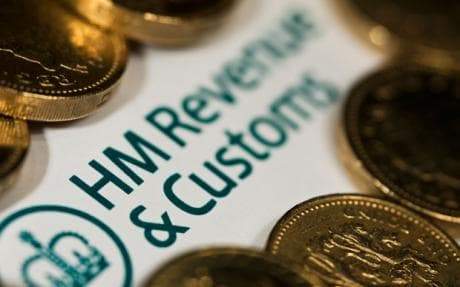
Big American banks are getting rid of unwanted securities for knock-down prices, and the atmosphere is less end-of-the-season, more end-of-the-pier. When a shop wants to get rid of its inventory in a hurry, it kicks off a clearance sale. It hangs a sign on the window that says ‘All Items Must Go’ — naturally with the understanding that ‘All Sales Are Final.’ When it finally manages to get rid of its merchandise, the shop hopes it has enough capital to restock its shelves with something that might be more appealing to its customers.
It’s not so different on Wall Street. Though it has taken more than a year, investment banks are at last realising they need to stage the financial-markets version of a high-street clearance sale. Merrill Lynch was the first to attempt a wholesale sell-off. At the end of July, it swept the shop clean of toxic securities and went back to its shareholders for a third round of fresh capital. The act was exceptionally painful. Merrill received just under $7 billion for merchandise the bank had once valued at $31 billion. Yet, as awful as this might sound, it is also a hopeful sign of catharsis. For Merrill appears to have reached what bankers call the ‘clearing price’.
In simple terms, what Merrill achieved was the creation of an actual market for some of the dodgier securities that investment banks around the world have held on their books.
Since June 2007 — when a pair of hedge funds run by now-defunct Wall Street firm Bear Stearns began to wobble — banks have ratcheted down the value of these assets, which included structured financial instruments like collateralised debt obligations. Until the Merrill sweep, banks had valued the bulk of these securities by using their own internal models or by comparing them to the valuations of certain indexes, known in the accounting parlance as ‘marking to market’.
But this is more of an art than a science, which is why Merrill’s big fire-sale in July was significant. At last, it accorded CDOs and their venomous ilk an actual value. This means that, though it may be painful to accept the kinds of prices Merrill did, banks are finding a way to get some of these crummy assets off their books and move on. That doesn’t mean the end of the credit crunch is necessarily around the corner — far from it. But it suggests there is a healing process that can begin. The worry, though, is that the pain to come is still sufficient to kill a patient or two along the way.
Consider just how much it hurt Merrill and its shareholders to finally clear the shelves of the Thundering Herd’s unwanted inventory. Merrill sold CDOs with a notional value of $30.6 billion to an affiliate of hedge fund Lone Star for $6.7 billion. Since it had already reduced the value of these securities to $11.1 billion in its accounts, the firm had to take another $4.4 billion write-down in the quarter. Factor in another $1.3 billion in losses related to the termination and settlement of some hedges on these securities, and Merrill was forced to pass the hat around for another $8.5 billion to keep itself solvent and in business.
Actually, it was a little worse than that. Back in December, Merrill hit up Temasek, the Singapore sovereign investor, for $4.4 billion. As part of that fund-raising, Merrill agreed to pay compensation if it issued more common stock within a year at a lower price than the $48 a share that Temasek paid. So of the $8.5 billion in new money that Merrill raised, $2.5 billion went straight back to Singapore. Luckily for Thain, Temasek and some of its co-investors in the December deal agreed to reinvest their payment as part of the most recent financing round. Still, for shareholders that meant yet another turn of dilution.
The good news, though, is that Merrill got the money it needed to continue operating without having to dump any more of its assets. It sold its 20 per cent stake in financial media group Bloomberg LP in July, but was not forced into a fire-sale of its $10-billion stake in the asset manager Blackrock. So in the end, though the Merrill shop-window may be dusty and unappealing, the group has sufficient means to begin restocking its shelves and can stay open for business. Others, like Merrill rival Lehman Brothers, that have raised capital — and may yet need more — may not be so lucky. Wall Street’s clearance sales have begun — but there is no certainty that some of them may not actually be ‘going out of business’ sales before the crunch is over.






